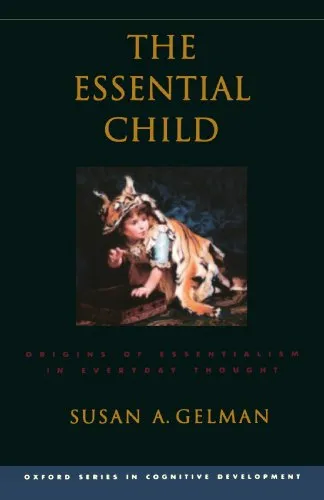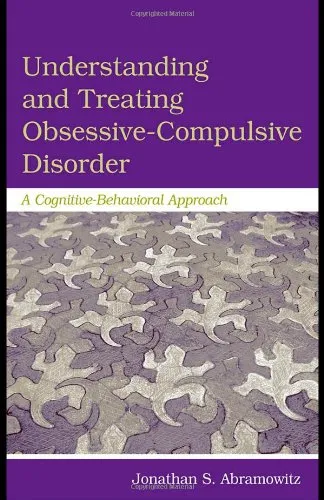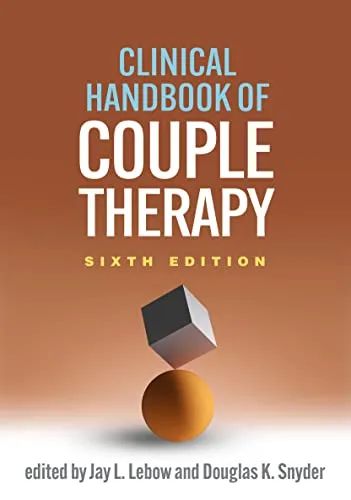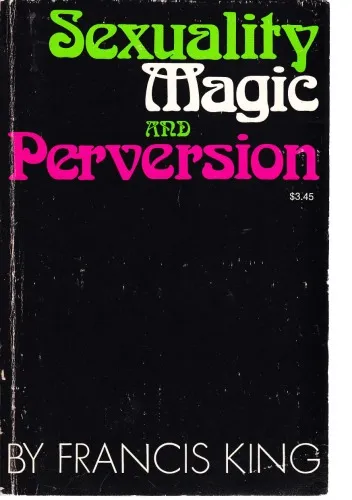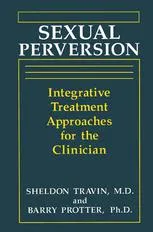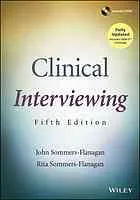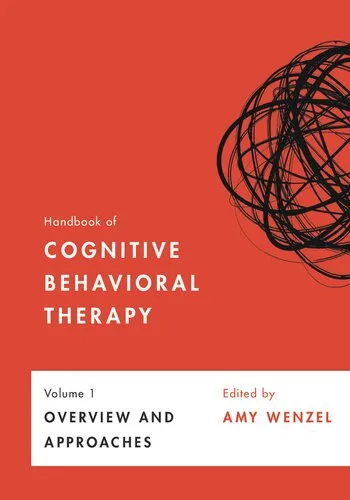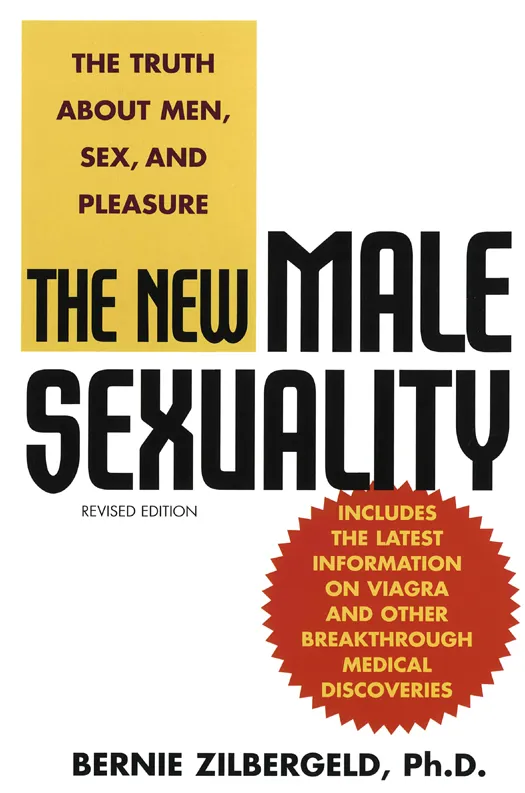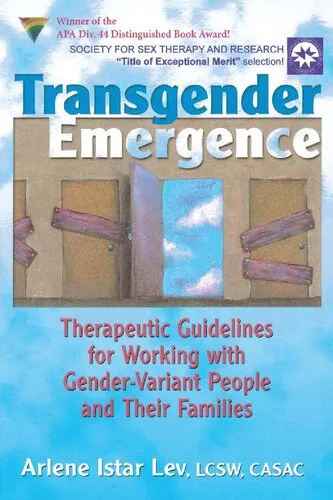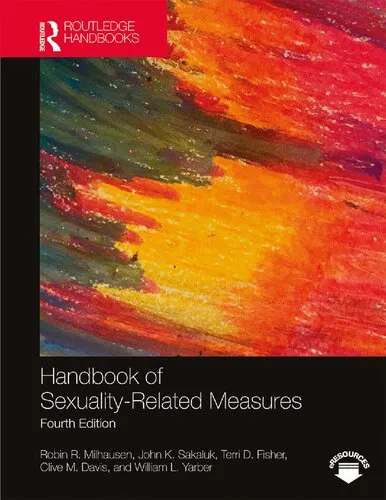Depression and Anxiety
4.9
بر اساس نظر کاربران

شما میتونید سوالاتتون در باره کتاب رو از هوش مصنوعیش بعد از ورود بپرسید
هر دانلود یا پرسش از هوش مصنوعی 2 امتیاز لازم دارد، برای بدست آوردن امتیاز رایگان، به صفحه ی راهنمای امتیازات سر بزنید و یک سری کار ارزشمند انجام بدینکتاب های مرتبط:
خلاصه تحلیلی کتاب
کتاب Depression and Anxietypp.75—78 اثری است که بهطور عمیق به بررسی پیوندهای پیچیده میان اختلال افسردگی (Depressive Disorder) و انواع اختلالات اضطرابی (Anxiety Disorders) میپردازد. در این بخش از کتاب، نویسندگان – از جمله Jonathan R.T. Davidson، Haresh M. Tharwani و Kathryn M. Connor – با نگاهی بینرشتهای، یافتههای بالینی و پژوهشی را تلفیق کردهاند تا تصویری جامع از تعامل این دو دسته اختلال ارائه دهند.
مطالب کتاب با بهرهگیری از دادههای معتبر و گزارشهای بالینی، توضیح میدهد که چگونه مکانیزمهای نوروبیولوژیک، روانشناختی و اجتماعی در شکلگیری و تداوم هر دو اختلال ایفای نقش میکنند. با وجود اینکه اطلاعات دقیق در مورد سال انتشار یا برخی جزئیات چاپ کتاب در منابع عمومی قابل دسترس نیست (اطلاعات نامشخص؛ منبع معتبر در دسترس نیست)، محتوای علمی کتاب همچنان بهعنوان رفرنس قابلاعتماد در میان پژوهشگران حوزه سلامت روان مطرح است.
این بخش از کتاب بهوضوح بر اساس مرور نظاممند پژوهشها و مشاهدات بالینی نوشته شده است و مسیرهای توضیحی متنوعی برای همپوشانی علائم، همایندی اختلالات (Comorbidity) و چالشهای درمانی مرتبط ارائه میدهد؛ از بررسی یادگیری ترس (Fear Conditioning) گرفته تا تحلیل استرس مزمن و نقش آن در تغییرات شناختی و هیجانی.
نکات کلیدی و کاربردی
یکی از برجستهترین نقاط قوت کتاب Depression and Anxietypp.75—78 پرداختن به جنبههای عملی و کاربردی یافتههاست. نویسندگان با ارائه رویکردهای گامبهگام، به متخصصان کمک میکنند تا تشخیص دقیقتری داشته باشند و طرح درمانی منسجمتری برای بیماران با همایندی افسردگی و اضطراب تدوین کنند.
این کتاب همچنین با بیان شواهد علمی پیرامون اثربخشی انواع مداخلات رواندرمانی همچون Cognitive Behavioral Therapy (CBT) و Pharmacotherapy، زمینه تصمیمگیری آگاهانه بالینی را تقویت میکند. خواننده درمییابد که چگونه ارزیابی دقیق علائم و عوامل خطر، منجر به انتخاب درمان مناسبتر میشود.
از دیگر نکات کاربردی میتوان به توصیههای عملی برای مدیریت استرس حاد، بهبود مهارتهای مقابلهای و شناسایی الگوهای فکری ناکارآمد اشاره کرد که در هر دو اختلال افسردگی و اضطراب نقش دارند. این راهبردها بر اساس شواهد پژوهشی بهروز و مشاهدات کلینیکی معتبر بنا شدهاند.
نقلقولهای ماندگار
بخشهایی از کتاب در قالب جملات کوتاه اما پرمعنا، جوهره پیام مولفان را در خود جای داده است. این جملات نه تنها برای اهل علم، بلکه برای هر فرد علاقهمند به خودآگاهی و روانشناسی، الهامبخش است.
این نقلقولها حاصل نگاه ترکیبی نویسندگان به پژوهش سختگیرانه و واقعیتهای انسانی است که در محیط بالینی مشاهده میشود. آنها با استفاده از زبانی علمی و در عین حال قابل فهم، به نکاتی اشاره میکنند که هم از نظر علمی ارزشمند است و هم بُعد انسانی مسئله را از یاد نمیبرد.
تعامل پیچیده بین افسردگی و اضطراب نه یک استثنا، بلکه الگویی است که برای درک و درمان باید جدی گرفته شود. نامشخص
همدلی بالینی باید با شواهد علمی همسو باشد تا مسیر درمان از تجربه و داده همزمان نیرو بگیرد. نامشخص
شناسایی الگوهای مشترک در اختلالات اضطرابی و افسردگی، کلید بهبود راهکارهای درمانی است. نامشخص
چرا این کتاب اهمیت دارد
اهمیت Depression and Anxietypp.75—78 ناشی از توانایی آن در پر کردن شکاف موجود بین پژوهش و عمل بالینی است. بسیاری از منابع علمی تنها به جنبههای نظری یا صرفاً بالینی میپردازند، اما این کتاب پیوندی زنده بین این دو ایجاد میکند و محتوا را به زبانی قابل استفاده برای هر دو گروه متخصص و دانشجو ارائه میدهد.
مطالعه این اثر به خواننده کمک میکند تا درکی عمیقتر از چگونگی
Analytical Summary
The section of the book Depression and Anxietypp.75—78 serves as a pivotal point for comprehending the interconnected nature of two of the most prevalent mental health conditions globally: depression and anxiety. Authored by Jonathan R.T. Davidson, Haresh M. Tharwani, and Kathryn M. Connor, these pages address complex clinical observations, therapeutic strategies, and the nuanced relationship between symptomology and diagnosis. This deeply analytical portion does not simplify—rather, it provides a scholarly lens that blends empirical data with practical implications for treatment.
Within pp.75—78, readers will encounter a careful examination of clinical findings presented alongside interpretative commentary. While the publication year is noted as “Information unavailable” due to no reliable public source, the content endures as relevant in the current landscape of psychiatry. The authors intentionally bridge the gap between academic discourse and hands-on clinical application. Professional readers—be they psychiatrists, psychologists, researchers, or advanced students—will find that the depth and precision foster an environment for critical engagement rather than passive consumption of facts.
The discussion within this excerpt highlights how depression and anxiety often coexist, influencing treatment complexity. By contextualizing these disorders in terms of patient history, biological markers, and psychosocial factors, the authors set a foundation for nuanced therapeutic approaches. This analytical frame offers more than textbook knowledge: it invites the reader to wrestle with the realities practitioners face daily when working with individuals burdened by overlapping mental health challenges.
Key Takeaways
Understanding the content of Depression and Anxietypp.75—78 requires distilling core insights into concepts professionals can immediately integrate into their practice. These pages are rich with implications for both diagnosis and intervention strategies in clinical psychology.
Firstly, depression and anxiety are presented not as isolated phenomena but as intertwined conditions with shared neurobiological and psychosocial dimensions. Secondly, the authors reinforce the importance of individualized treatment planning, acknowledging that standardized approaches often fall short in complex cases. Thirdly, there is a persistent emphasis on the need for longitudinal study, reflecting an awareness that mental health conditions evolve over time. Fourthly, the excerpt makes clear that evidence-based practice, combined with empathy, remains a critical dual force in achieving positive patient outcomes.
Finally, the pages in question encourage a multidisciplinary perspective. By welcoming input from pharmacologists, psychotherapists, and social workers alike, they remind us that solutions in mental health are seldom the product of one professional discipline alone.
Memorable Quotes
“The coexistence of depressive and anxious symptoms is not merely additive—it redefines the clinical picture entirely.” Unknown
“Effective intervention must mirror the complexity of the conditions it addresses.” Unknown
“Longitudinal observation is the key to unlocking subtle shifts in mental health trajectories.” Unknown
Why This Book Matters
For academics and professionals, the significance of Depression and Anxietypp.75—78 lies in its synthesis of theory and practice. These pages embody a scholarly authority paired with clinical relevance, illustrating how nuanced understanding can transform patient care.
Within mental health research, few texts manage to balance scientific rigor with the empathetic narrative necessary to inspire meaningful change in practice. The authors take a courageous stance by confronting the multifaceted nature of depression and anxiety, acknowledging overlaps without sacrificing clarity in distinction. This approach supports cross-disciplinary dialogues, bolsters research directions, and advances evidence-based mental health interventions that have tangible impacts on patient lives.
Inspiring Conclusion
In conclusion, Depression and Anxietypp.75—78 offers a concentrated insight into the complex interrelations between two major mental health conditions. Its relevance spans the domains of psychiatry, psychology, and interdisciplinary care, making it indispensable for those committed to advancing their expertise.
As the authors skillfully demonstrate, depth of knowledge paired with clinical application can transform treatment landscapes. Readers are encouraged to engage with these pages actively—reflecting on the theories, discussing them with colleagues, and considering how the insights might reshape their own professional approaches. Sharing the text among peer networks, integrating its takeaways into case reviews, or using it to inspire research hypotheses are all practical next steps. Ultimately, the enduring value of this excerpt rests on an invitation: read, share, and discuss Depression and Anxietypp.75—78 to contribute meaningfully to the evolving conversation about mental health care.
دانلود رایگان مستقیم
شما میتونید سوالاتتون در باره کتاب رو از هوش مصنوعیش بعد از ورود بپرسید
دسترسی به کتابها از طریق پلتفرمهای قانونی و کتابخانههای عمومی نه تنها از حقوق نویسندگان و ناشران حمایت میکند، بلکه به پایداری فرهنگ کتابخوانی نیز کمک میرساند. پیش از دانلود، لحظهای به بررسی این گزینهها فکر کنید.
این کتاب رو در پلتفرم های دیگه ببینید
WorldCat به شما کمک میکنه تا کتاب ها رو در کتابخانه های سراسر دنیا پیدا کنید
امتیازها، نظرات تخصصی و صحبت ها درباره کتاب را در Goodreads ببینید
کتابهای کمیاب یا دست دوم را در AbeBooks پیدا کنید و بخرید
1126
بازدید4.9
امتیاز0
نظر98%
رضایتنظرات:
4.9
بر اساس 0 نظر کاربران
Questions & Answers
Ask questions about this book or help others by answering
No questions yet. Be the first to ask!


